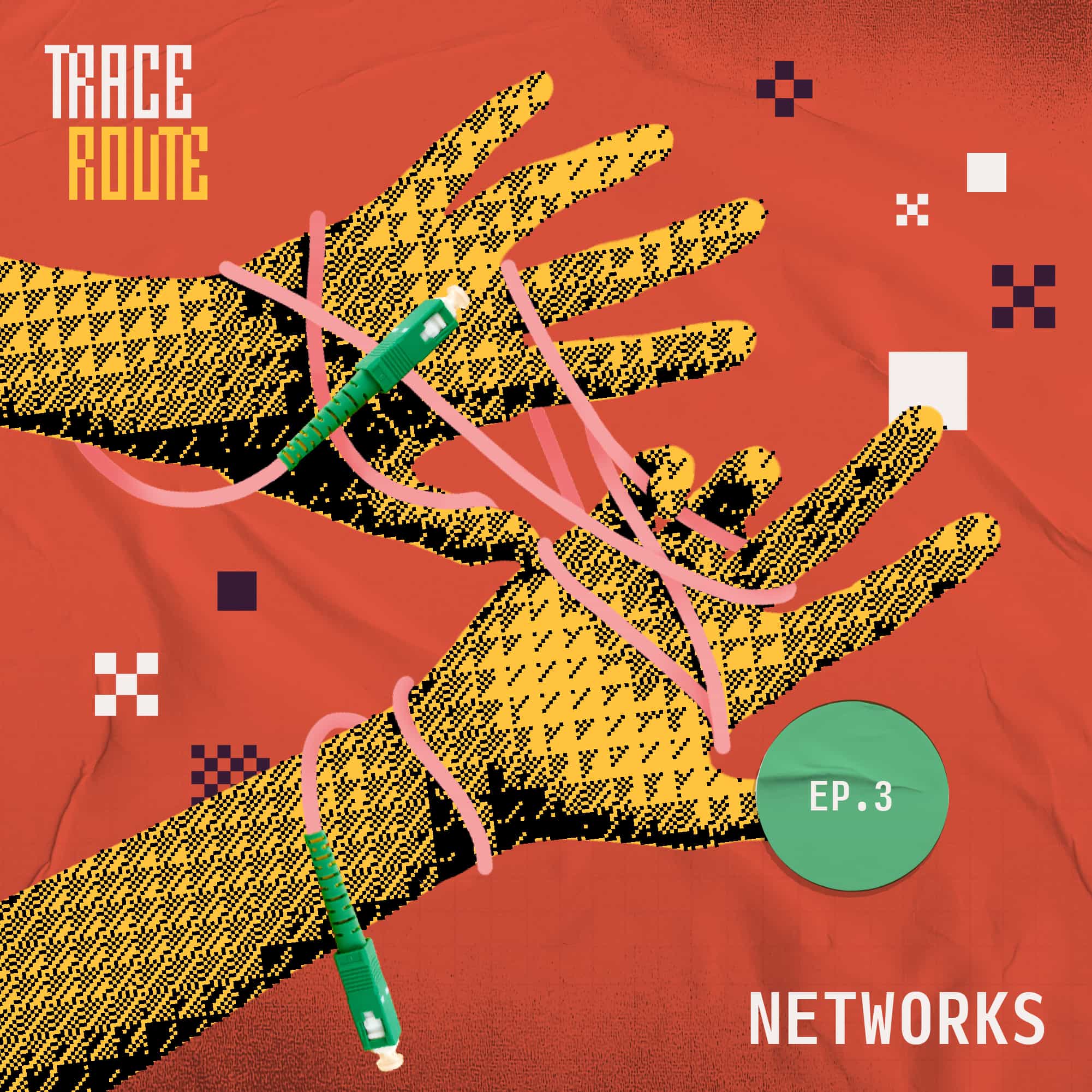
Episode description
When we open web browsers and streaming services, we expect them to work seamlessly without interruptions. Sounds basic enough, right? But have you considered how much data goes over your local network? Now imagine all the computers communicating worldwide! It took years for internet service providers to make the internet work the way it does today. Without the physical infrastructure underpinning our networks, connecting computers the way they are now would have been impossible.
In this episode, Dave Temkin, Ingrid Burrington, Jack Waters, and Andrew Blum join us to discuss how the internet works. They detail the hidden infrastructure involved in getting computers connected around the world. Contrary to what digital natives might think, your connection to the World Wide Web isn't 100% wireless. They also discuss the rise of Netflix and the need for an interconnected and open global network.
If you want to understand the massive network of physical infrastructure required to connect computers worldwide, then this episode of the Traceroute podcast is for you.
Episode Highlights [01:15] Netflix’s Goal and ChallengeDave Temkin: “We always knew that streaming was going to be the future. It's not a coincidence that the company was called Netflix, the intention was always to deliver it over the network. We just needed to feel that the network was ready.”
- Netflix, the global streaming service that allows uninterrupted streaming, took years to build.
- The infrastructure needed to be scalable to a point where it can serve millions of users without breaking the internet.
- The key to solving this data transmission challenge is networks.
[3:12] What is a Network?
- Networks are overlapping and interconnecting things. These can be virtually or physically tied together.
- The networks that let the internet work require the support of physical infrastructure.
- Acknowledging this fact helps us understand that the internet is a public resource. People don’t see internet infrastructures as public work.
- Network infrastructure includes data centers, towers, and all the wires, cables, and fibers that connect them.
[5:47] How the Network Market Grew
- After the government relaxed regulations in the 1990s, there was a big wave of infrastructure development.
- For example, Williams, an oil and gas company, built fiber networks using their non-operational oil and gas pipelines.
- Developers built many fiber networks beyond that time's demand. Many of these infrastructures are still in us today.
[6:58] Interconnection and Resiliency of Networks
- Most people will only think about their own network. In reality, a larger computer network of interconnected cables is the basis of how the internet works.
- Interconnectivity forms the basis of maintaining a stable internet connection. Hundreds of interconnected cables ensure that computer networks are durable and resilient.
Ingrid Burrington: “There is a resiliency built into the way that Internet networks function in that it's not just like one single cable that gets cut and everyone loses their internet access.”
[8:18] Level 3’s Legacy- Physical linkages are necessary to make the internet work. Many people don’t think about this equipment.
- For Level 3, internet infrastructure needed to be built from scratch but still have the space for upgrades.
- The company built 16,500 miles of network in the United States and 3,500 miles in Europe in 30 months.
- Before this network was constructed, the internet ran largely on the legacy of the telephone network.
- The demand for the networks Level 3 built did not surface until the late 2000s. While they...